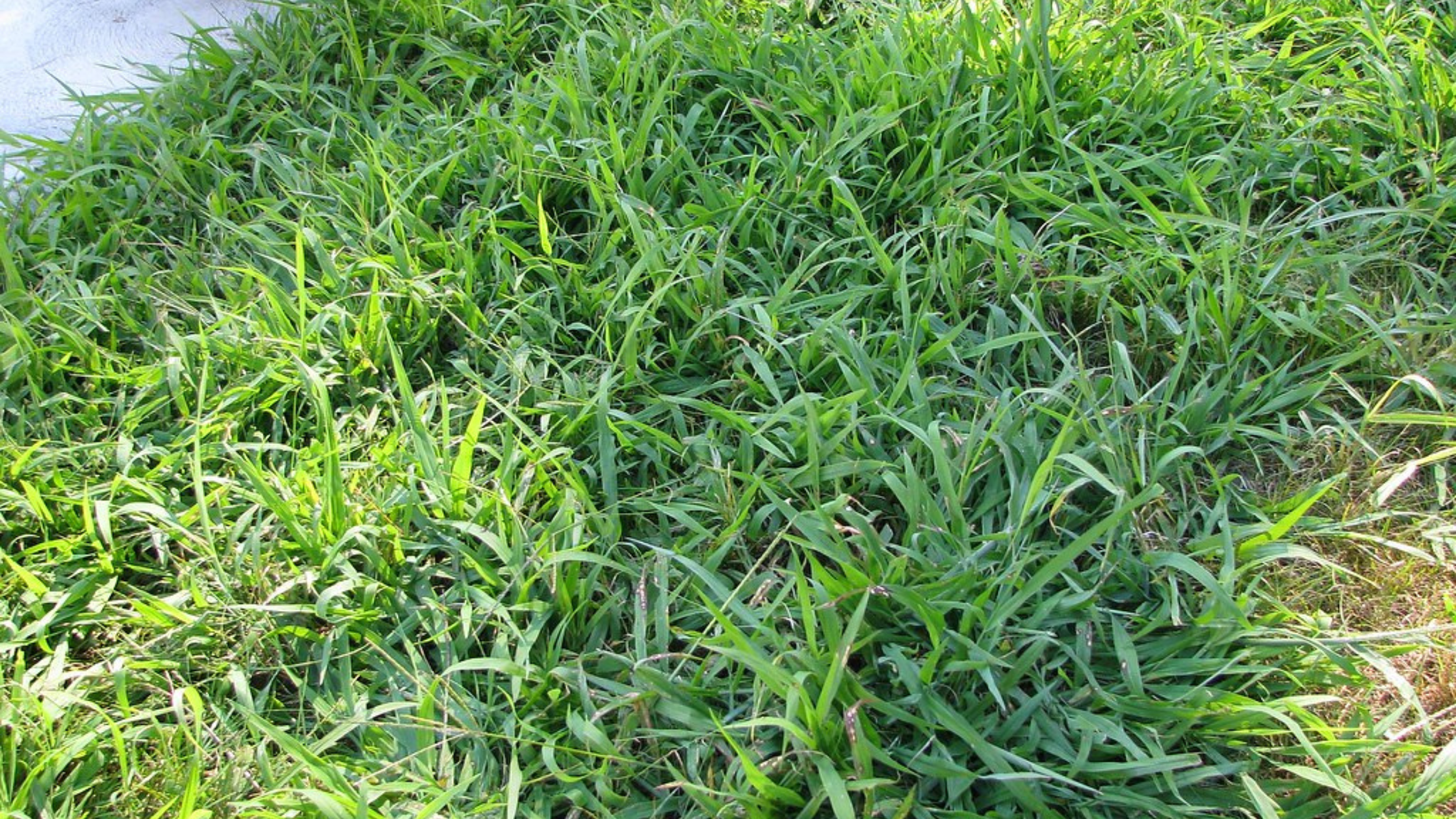“Crabgrass is aptly descriptive of this hated weed, for it does scuttle quickly through a lawn.” –Allen Lacy
What is Crabgrass?
In New England, there is a multitude of weeds that try to take up residence in lawns. One of the most common and frustrating of these is crabgrass. Crabgrass is a summer annual, grasslike weed. It is rather unsightly compared to desirable grass varieties like Kentucky Bluegrass, Ryegrass, and Fescue because of its lighter green color, spider-like growth pattern, and broad leaves. Crabgrass seeds germinate in the spring and can rapidly take over bare or thin sections of a lawn. Before the plant dies in the fall, a single crabgrass plant can drop up to 150,000 seeds which then lie dormant through the winter until the following spring.
When and How does Crabgrass Germinate?
Crabgrass may be the last thought on many homeowners’ minds when lawns come out of winter dormancy and begin to green up, but summer annual weeds like crabgrass are getting ready to germinate as air and soil temperatures begin to warm heading into May. Once soil temperatures reach ~55 degrees Fahrenheit for five consecutive days, crabgrass seeds from the previous fall will begin to germinate.
Once established, crabgrass can easily tolerate both hot and dry conditions. This is a major problem for turf throughout New England as cool-season grasses like Kentucky Bluegrass and Perennial Ryegrass often struggle to maintain their springtime growth and vigor during New England’s hot, and often dry, summer months. This is when homeowners may notice a surge in crabgrass throughout any thin or weakened areas of their lawn, especially lawns which see six or more hours of sunlight per day.
Crabgrass will continue to grow until midsummer (late July/early August) when days start becoming noticeably shorter. At this point, vegetative growth of the plant slows down and crabgrass enters the reproductive phase of its life cycle. Purplish seed heads form and eventually fall from the plant and become incorporated into the soil below. These seeds will constitute the next season’s crabgrass plants. As for the current season’s crabgrass plants, they will be completely killed off by the first frost.
Without proper cultural, biological, and control practices, it is easy to see why crabgrass comes back each year and can completely overtake a lawn when the conditions are right. The next few blogs will explain what you, the homeowner, can do, as well as what we, at Mainely Grass, do to help limit crabgrass on your lawn this season and for years to come!
